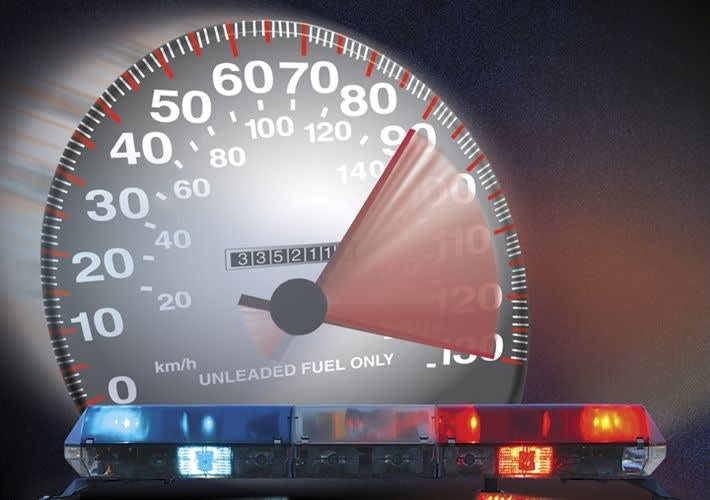The same is true for tires. Many managers have been tempted to replace patrol cars' original equipment (O.E.) tires with less expensive tires under the rationale that their patrol cars "only" operate at low speeds within the city. This practice is false economy and can be dangerous. Alternative replacement tires may alter the handling characteristics of a vehicle, and the tires may fail at the high speeds the vehicle is capable of.
Both the Ford Crown Victoria and Chevrolet Impala are capable of top speeds in excess of 120 mph. The Dodge Intrepid tops out at 135 mph. These cars require tires that are "speed rated" for the cars' top speeds.
Many agencies specify that only original-equipment replacement parts be fitted to their police vehicles. This is for good reason, as aftermarket components may negate certain aspects of the police vehicle, affecting performance, handling, stopping, and reliability. There are also warranty and liability concerns.
Of course, using the right vehicle for pursuits is important, as well. Not all police vehicles are certified as "pursuit" vehicles by the manufacturer. Pursuit-certified vehicles are designed to function under the heavy demands of overall police service. There are also special service package vehicles that are designed for police service. However, the manufacturers have not certified them as pursuit vehicles.
With the quest for more interior room in police vehicles, many agencies are looking toward Sport Utility Vehicles. But with the exception of older vintage Chevrolet Tahoes, the only currently manufactured SUV that is pursuit-certified is the Hummer, with a top speed of 85 mph. Using a vehicle that is not pursuit-certified is asking for problems.












